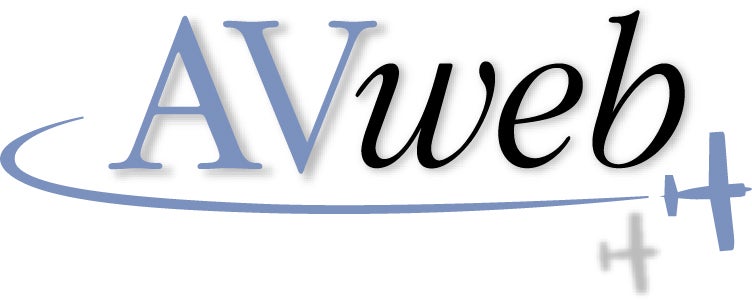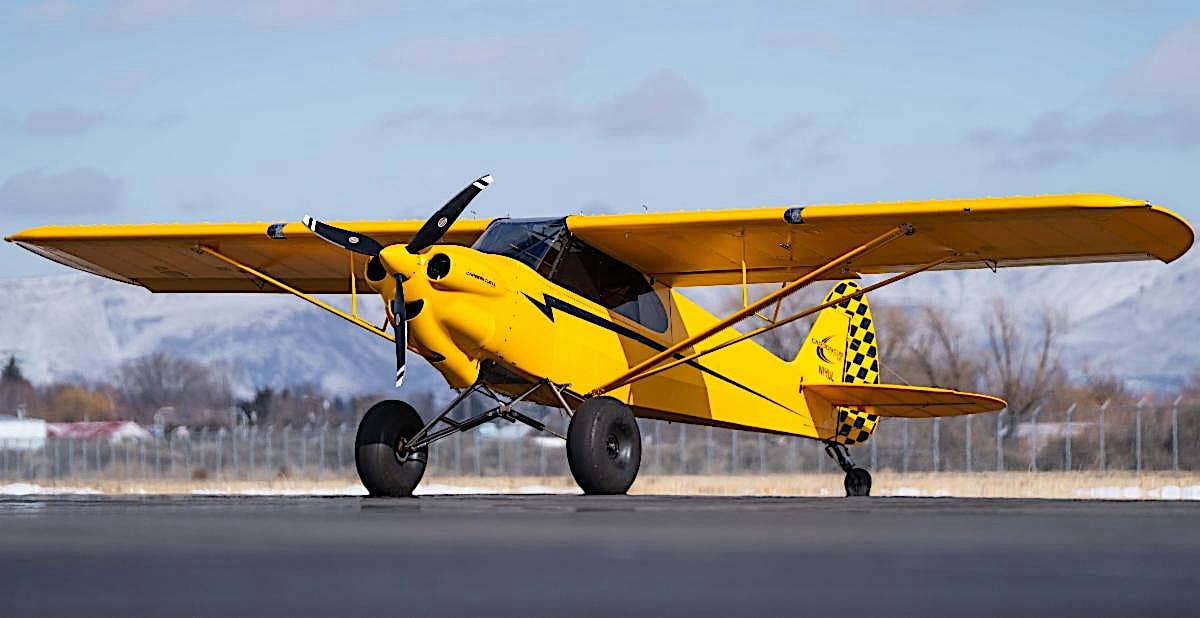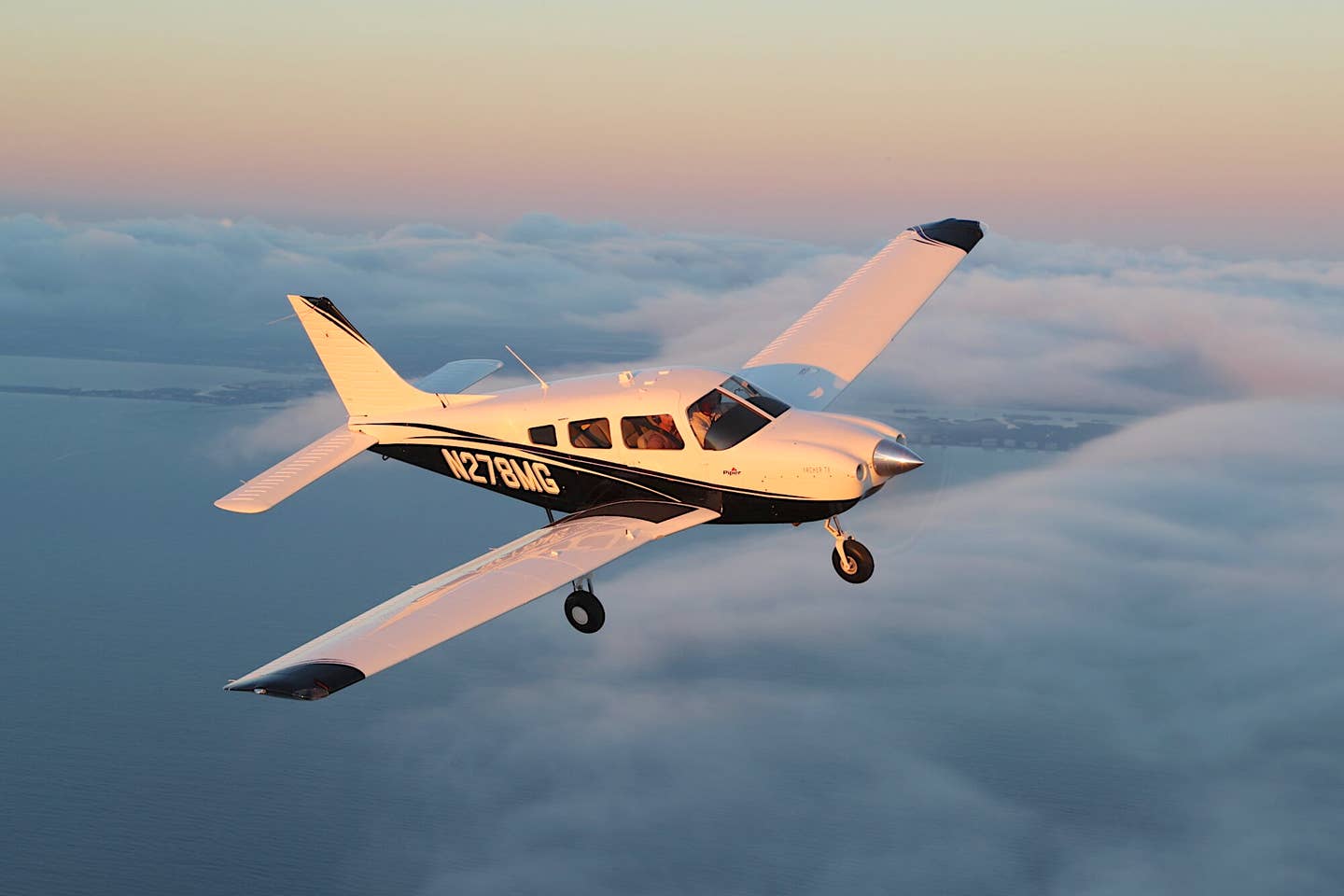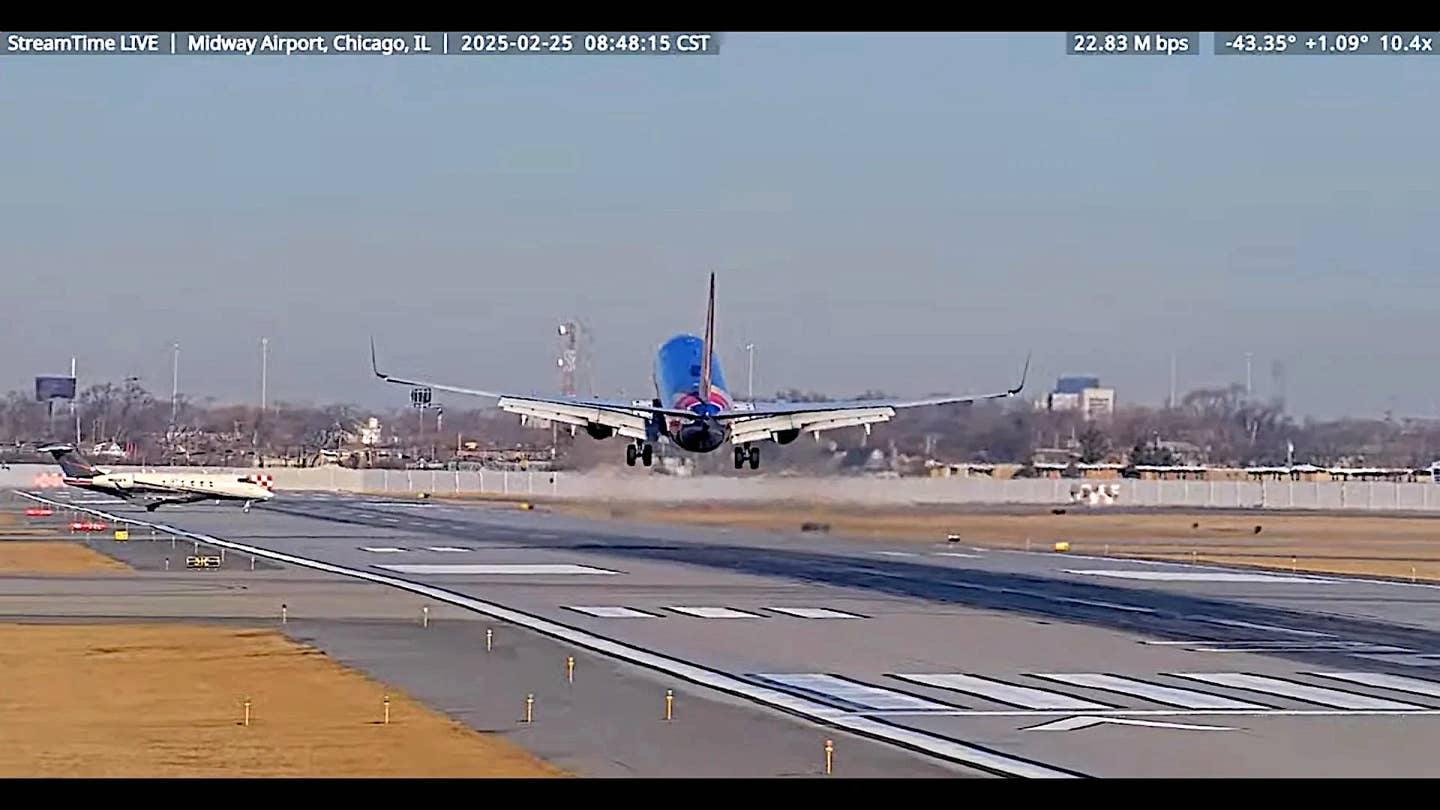FAA Issues Safety Alert Following Summit
The FAA has made official its call for safety vigilance across all sectors of the industry with a safety alert for operators (SAFO) based on the results of its Safety…
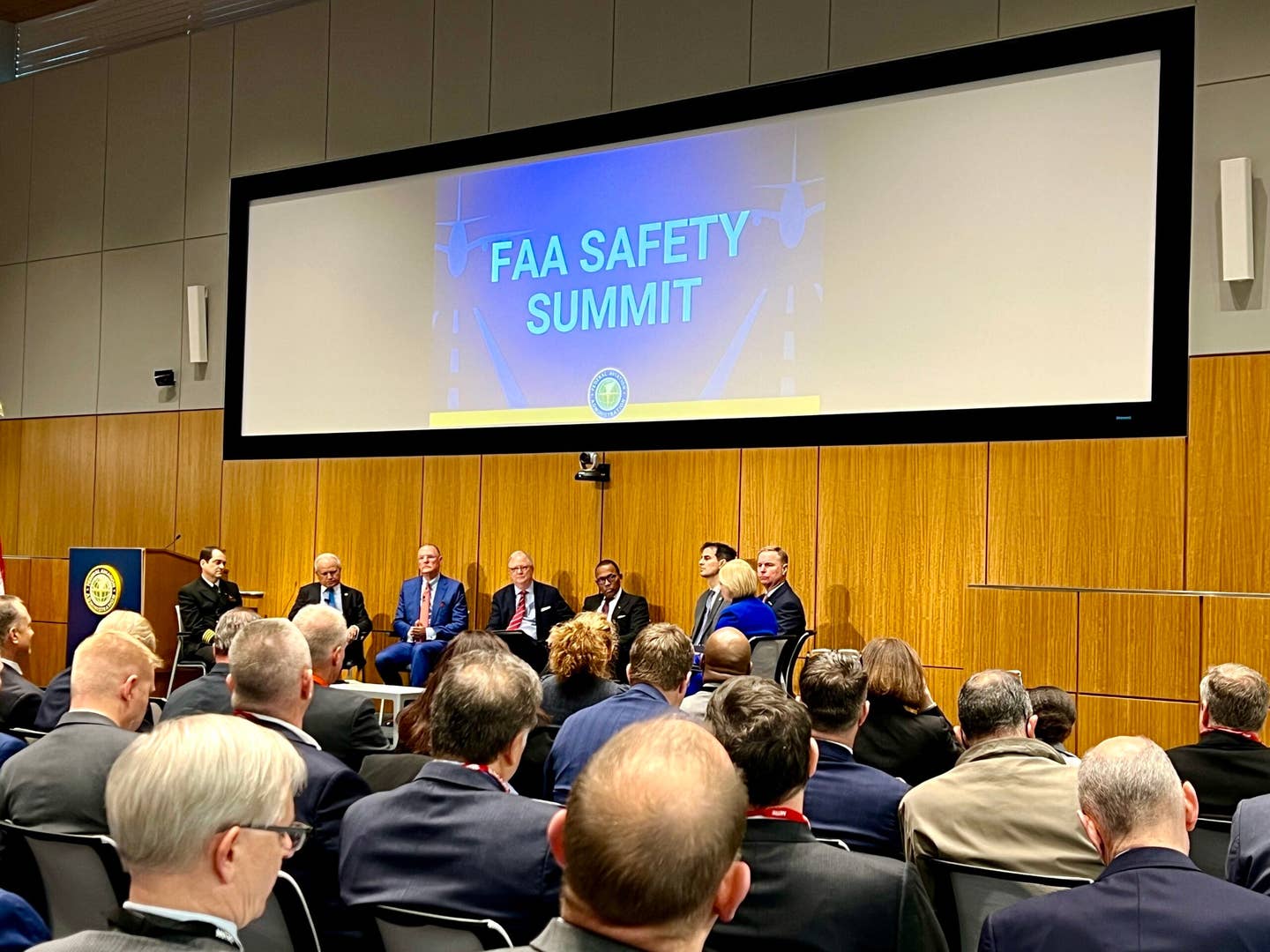
The FAA has made official its call for safety vigilance across all sectors of the industry with a safety alert for operators (SAFO) based on the results of its Safety Summit in mid-March. The SAFO makes recommendations and clarifies existing regs and standards but does not mandate anything. The SAFO's main theme is to adapt time-tested safety rules and programs to evolving and occasionally rapidly changing circumstances in aviation operations, and it boils down to ensuring all personnel are paying attention all the time. "Operators should evaluate information collected through their safety management processes, identify hazards, increase and improve safety communications with employees and enact mitigations," the SAFO says. "Safety management systems, policies and procedures must be able to account for a high rate of change."
The SAFO zeroed in on nine bullet points, some general in nature and some referencing publications that delve into particular safety issues in detail. Among the recommendations is ensuring that all flight crew understand the sterile flight deck rule that is supposed to stop any non-essential chatter up front when the aircraft is below 10,000 feet. The SAFO also urges flight crews to "diligently follow" crew resource management and to use checklists and follow standard operating procedures. It also says all staff should be involved in assessing hazards and promoting safety and that they should be talking to one another. It's not clear if this is the final word on the March 15 Safety Summit or more action is forthcoming.
